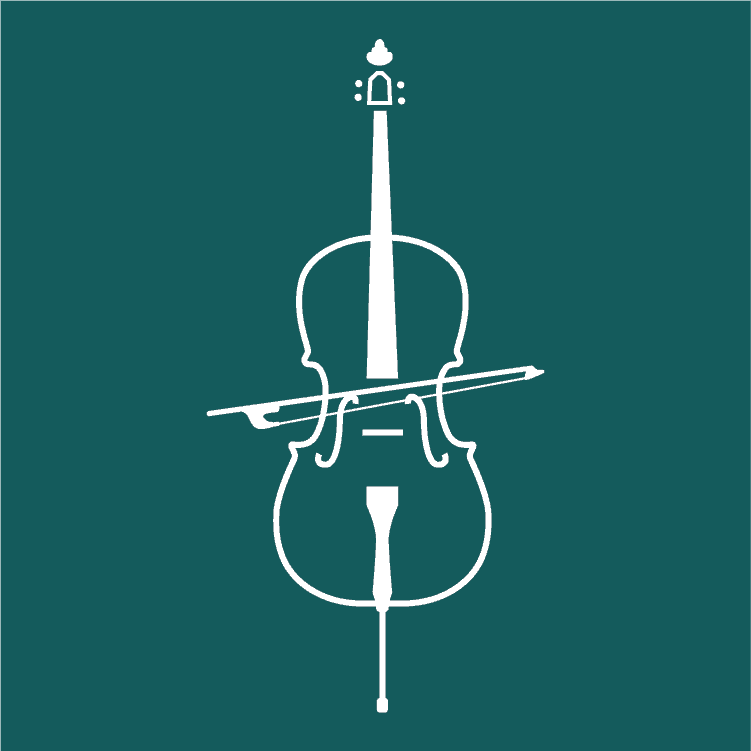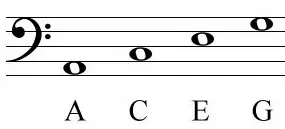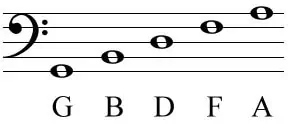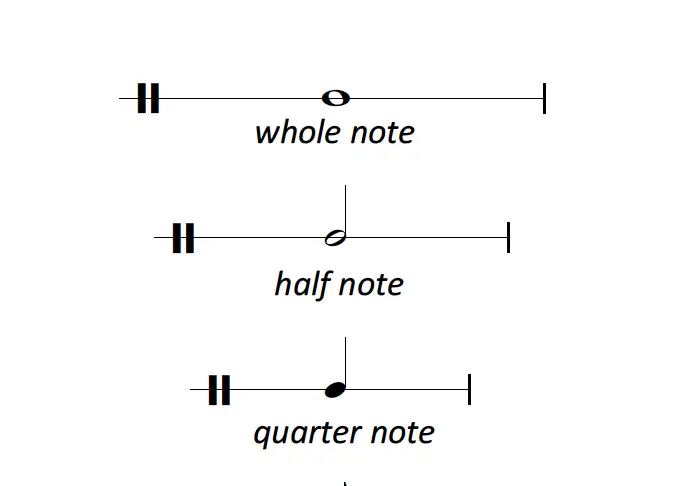how to Read Cello Sheet Music
Understand how to read sheet music in minutes

Finding out how to read music is a very important skill to have. But it is also a different skill from actually playing the cello. Why should we treat them as one and the same! As a part of our ‘Beginner’s Guide To Learning The Cello’, we hope to present you the tools and data to read music better.
What is notation?
How exactly does someone from Australia create something, and someone in England can read it? It’s simply because they follow the rules of reading and writing in the English language. Published written music notation is exactly the same thing. If you’re in LA or London, provided that you can decipher the symbols on the page, you can play the music.
Examples of early notation have been found on tablets dating back as far as 2000 BC. Modern’ staff notation’, the technique we now use, was created by Catholic monks to standardise church music.

Should You Bother Finding Out How To Read Music?
Learning to read music takes determination. There are no two ways about it, it’s a difficult skill to master.
Some awesome artists never learned, and there are common techniques including playing by ear, or by using chord patterns, that ultimately don’t require sheet music.
You can absolutely go down this path if you choose. Just recognize that like riding a bike, reading music is really a skill you never forget – and the benefits massively overshadow the drawbacks.
Is There A Precise Technique?
When you were understanding how to read and write, did your educator take care of them as the very same task? Most likely not. Physically writing words and learning how to control a pen, is really a different skillset than reading how particular letters join together to make a word.
Understanding how to read music is identical.
Playing the cello is actually a radically different skill from reading the sheet music in front of you. A lot of badly experienced instructors try to teach the two of these aspects together – but the truth is know much better! Learn them as separate skills that overlap. Like this, you’ll become successful more quickly.
What Are The Fundamentals Of Reading Musical Notation?
The Bass Clef Staff
For cello, staff notation is actually structured around something named the bass staff. This contains a stave (the term for the lines) of 5 lines and 4 spaces. It is usually marked with a bass clef (the thing at the start of the line that looks like a backwards C)!
Middle C sits in the gap at the very top of the stave, upon an imaginary line.
Notes can sit on a line or in a space. The vertical placement (height) of the note defines the pitch. The higher up the stave, the higher the pitch. When the note needs to go higher or below the stave lines, we add mini lines for each note that is higher or lower. Those lines are known as ledger lines.

The notes
So we don’t need to count down from middle C to find our note, you can start using a technique – and it’s as easy as keeping in mind the phrase “All Cows Eat Grass”…

The five lines, base upwards, for the bass staff are G B D F and A. The simple way to learn them is usually to remember acronyms. The most well-liked is “Good Boys Do Fine Always” – having said that, I feel you’ll manage to produce a significantly better variation!

And just for completeness, here is the whole Bass Clef Staff, with all notes…

Tell Me About The Duration Of Notes
When we read sheet music, we read the score from the left-hand side to the right. While we previously learned which specific note to play, we now must find out just how long to play it for. Happily, the printed note actually tells us this as well.
The overall shape of the note and if it’s filled in, tells us how much time to hold the note for.
- A whole note (or if you are in the UK, it’s called a Semibreve) is an empty circle and lasts four counts.
- A half note (or if you are in the UK, it’s called a Minim) adds a stem and lasts two counts.
- A quarter note (or if you are in the UK, it’s called a Crotchet) fills in the circle and lasts one count.

How To Read Cello Sheet Music - Summary
Fantastic news – you’re on your way to reading music!
With this information, if you study it long enough and get used to knowing which line and space equal which note, you will get fluent in reading music in no time.
It won’t surprise you to know that there is quite a bit more about reading music than I’ve mentioned above. But all of us have to begin somewhere – and provided you can reach the point in which you remember all of this info and find it easier, you’ll then be ready to plunge in more deeply with your pursuit of understanding!
About the Author
Ellen Porter
Ellen Porter is a cellist based in North Yorkshire, UK. She is a graduate of the Royal Northern College of Music where she studied with Eduardo Vassallo and Jennifer Langridge. Later, she completed postgraduate training with Johan Stern in Gothenburg, Sweden, where she specialised in orchestral performance. Ellen has performed throughout the UK and Europe as a member of several orchestras including the Swedish National Orchestra Academy, Berlin Opera Academy, Piccadilly Symphony Orchestra and Baroque in the North. She has also performed in masterclasses with cellists Hannah Roberts, Guy Johnston, Gillian Thoday, Emma Ferrand, Miklos Perenyi and Peter Somodari; and previously studied with David Smith
Ellen has always been passionate about communicating and sharing her passion for music with others. She currently works for North Yorkshire Music Education Hub as an Instrumental Teacher having previously worked as a supply music teacher in Sweden. In 2021, she completed the Ambassador Programme with the Benedetti Foundation, and completed articles for Ted's-List. She has also worked with Global Grooves as part of the LIME Music UK 2017 Festival, the National Children's Orchestras of Great Britain, RNCM Young Basses and the Halle Youth Ensembles team.
Ellen currently plays on a modern Italian style cello dated 2012 and a French bow in the style of Tubbs. She was supported in her further musical study by The Edna Newill Charitable Trust, to whom she is forever grateful.
Apart from music Ellen enjoys learning languages, travelling and going on long walks with her dog, Digby!
Other posts by this author
Ellen has always been passionate about communicating and sharing her passion for music with others. She currently works for North Yorkshire Music Education Hub as an Instrumental Teacher having previously worked as a supply music teacher in Sweden. In 2021, she completed the Ambassador Programme with the Benedetti Foundation, and completed articles for Ted's-List. She has also worked with Global Grooves as part of the LIME Music UK 2017 Festival, the National Children's Orchestras of Great Britain, RNCM Young Basses and the Halle Youth Ensembles team.
Ellen currently plays on a modern Italian style cello dated 2012 and a French bow in the style of Tubbs. She was supported in her further musical study by The Edna Newill Charitable Trust, to whom she is forever grateful.
Apart from music Ellen enjoys learning languages, travelling and going on long walks with her dog, Digby!
Have You Figured Out What Happens On A Friday?
As regular as I brush my teeth, I send out an email to you with the four most amazing things that you absolutely have to know about.
As long as it’s music connected, it could land in the e-mail. New songs, tips, goods, product reviews – nearly anything at all.
You’ll only get to view the weekly email if you subscribe below. And we also promise to never, ever spam.
Read the next post in this series:




